Hypomyces are look more like molds growing on mushrooms than mushrooms growing on mushrooms. There are mushrooms that grow on other mushrooms like Squamantina or Claudopus parasiticus but they're all pretty specialized to only grow on certain genera of mushrooms and I'm not aware of any that parasitic mushrooms that can grow on parasitic genera. I'm just a hobbyist though and I've only really studied mushrooms that grow in the Pacific Northwest so perhaps it exists somewhere.
The only potential double-parasitism I can think of is that peppery boletes (Chalciporus piperatus), which are hypothesized to be parasitic on Amanita Muscaria's mycelium because of how frequently they're found together, could be infected with Bolete mold (Hypomyces chysospermus/microspermus).
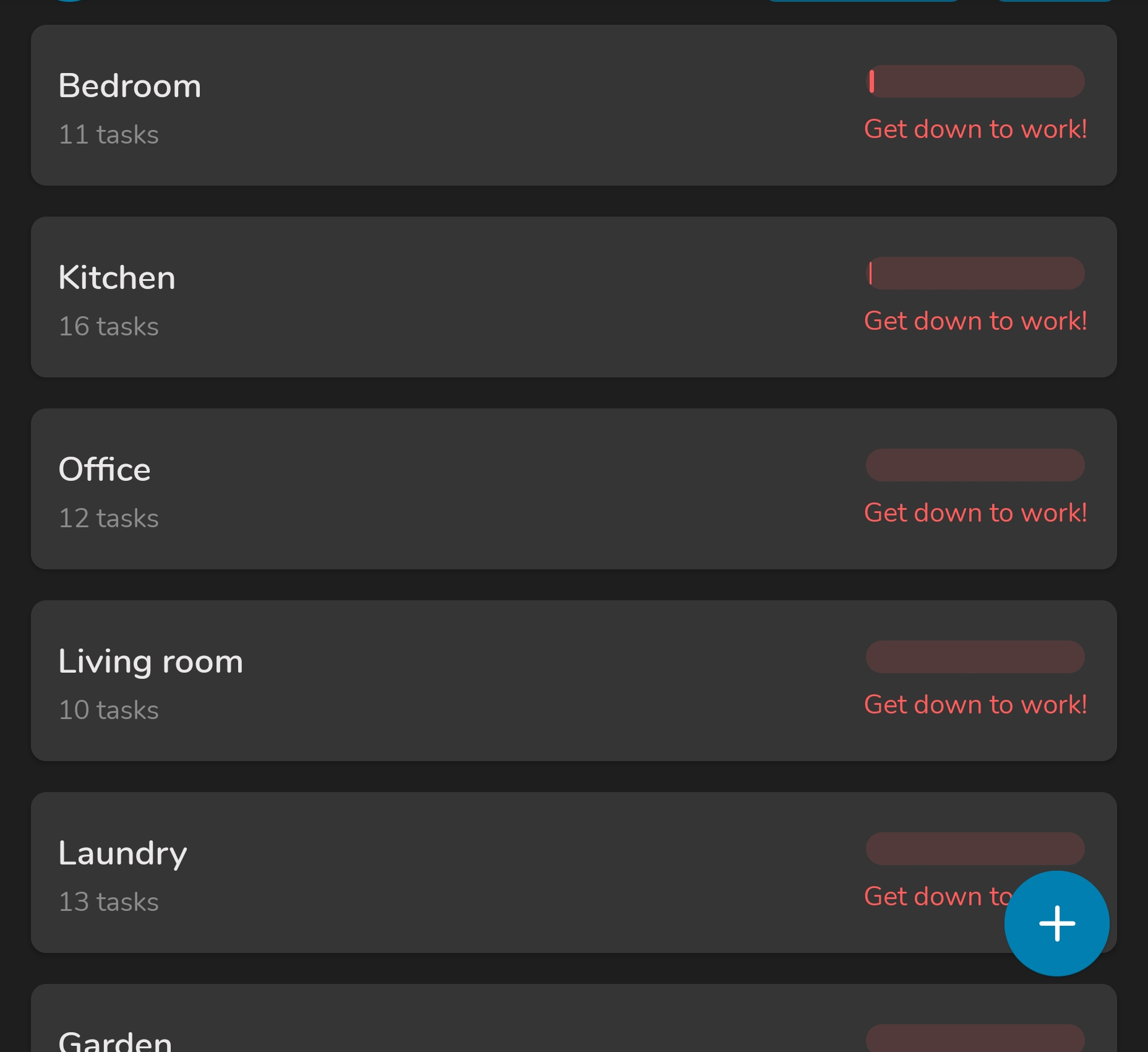
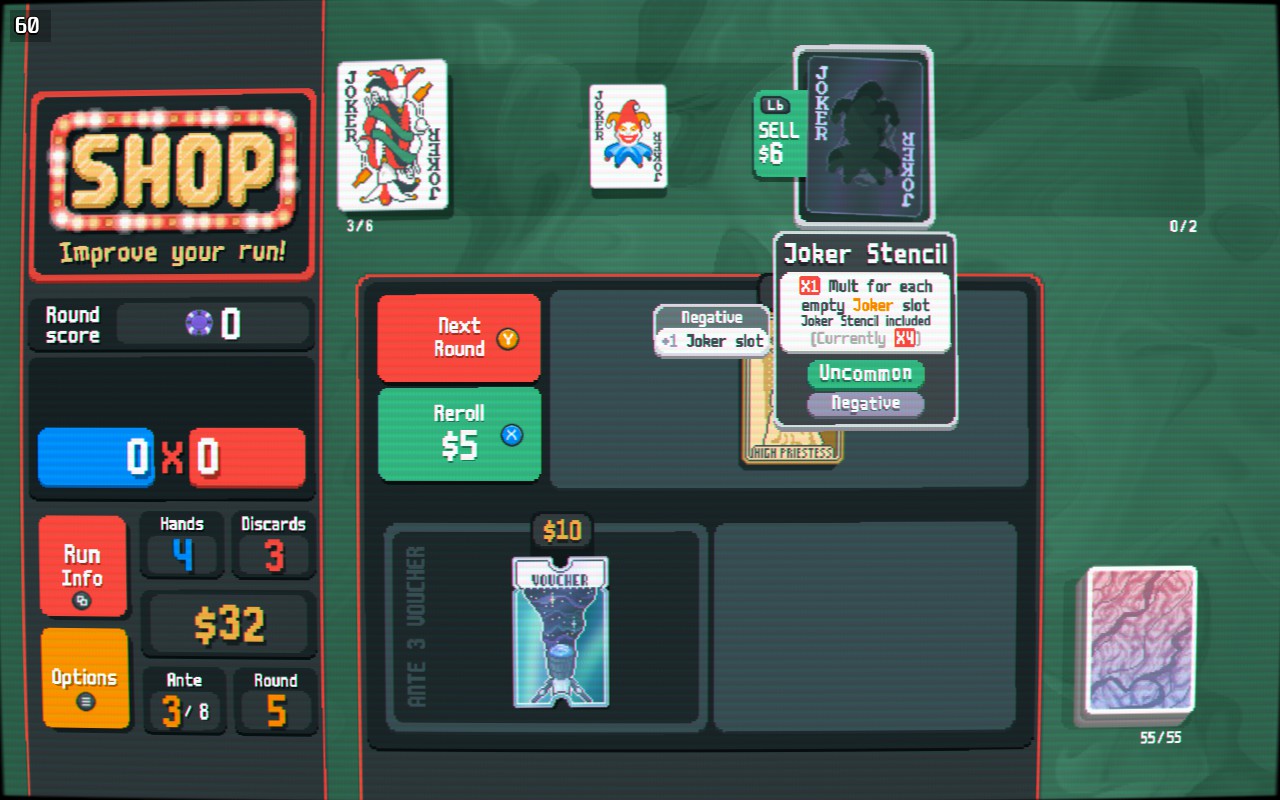
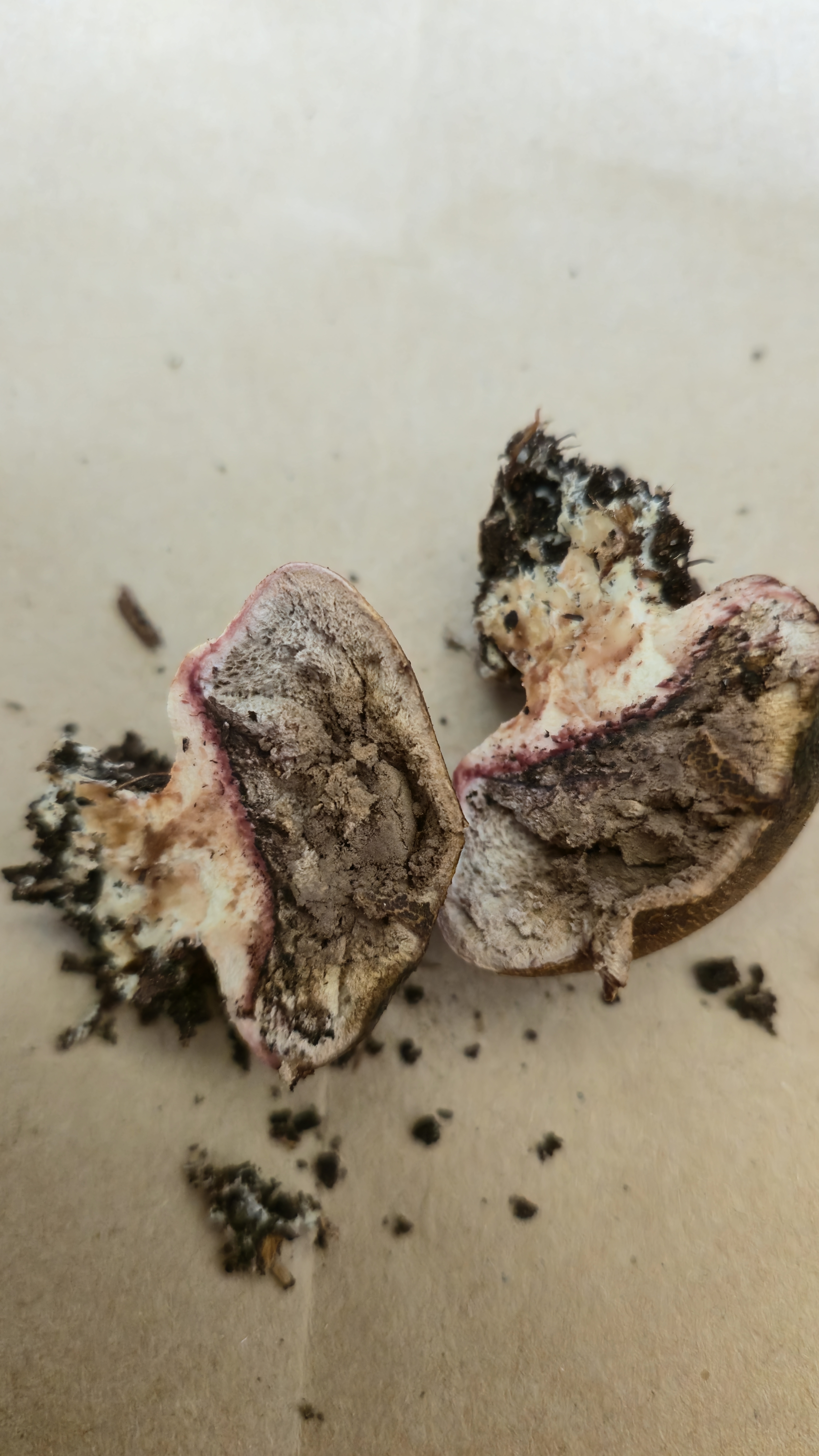

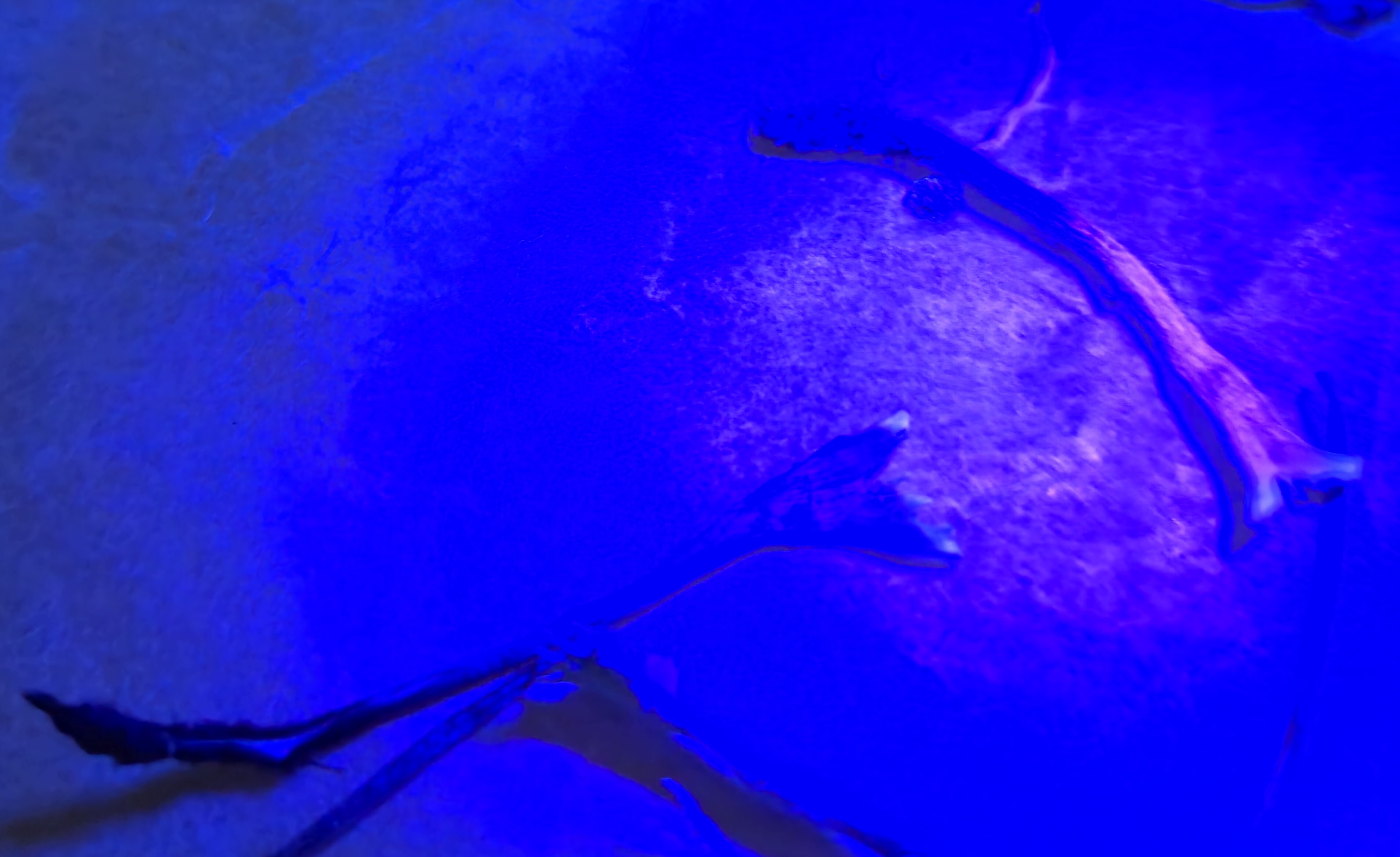
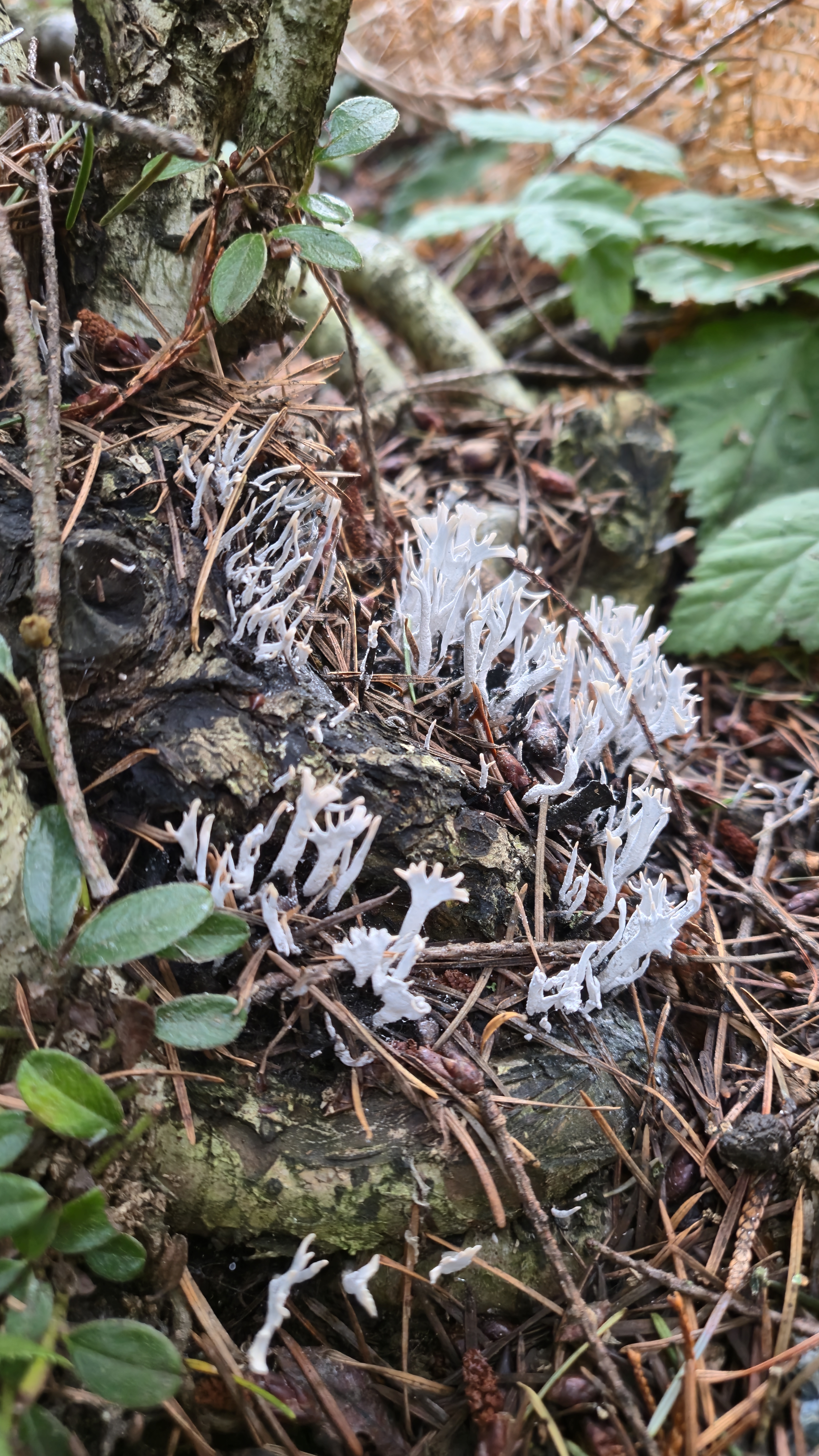
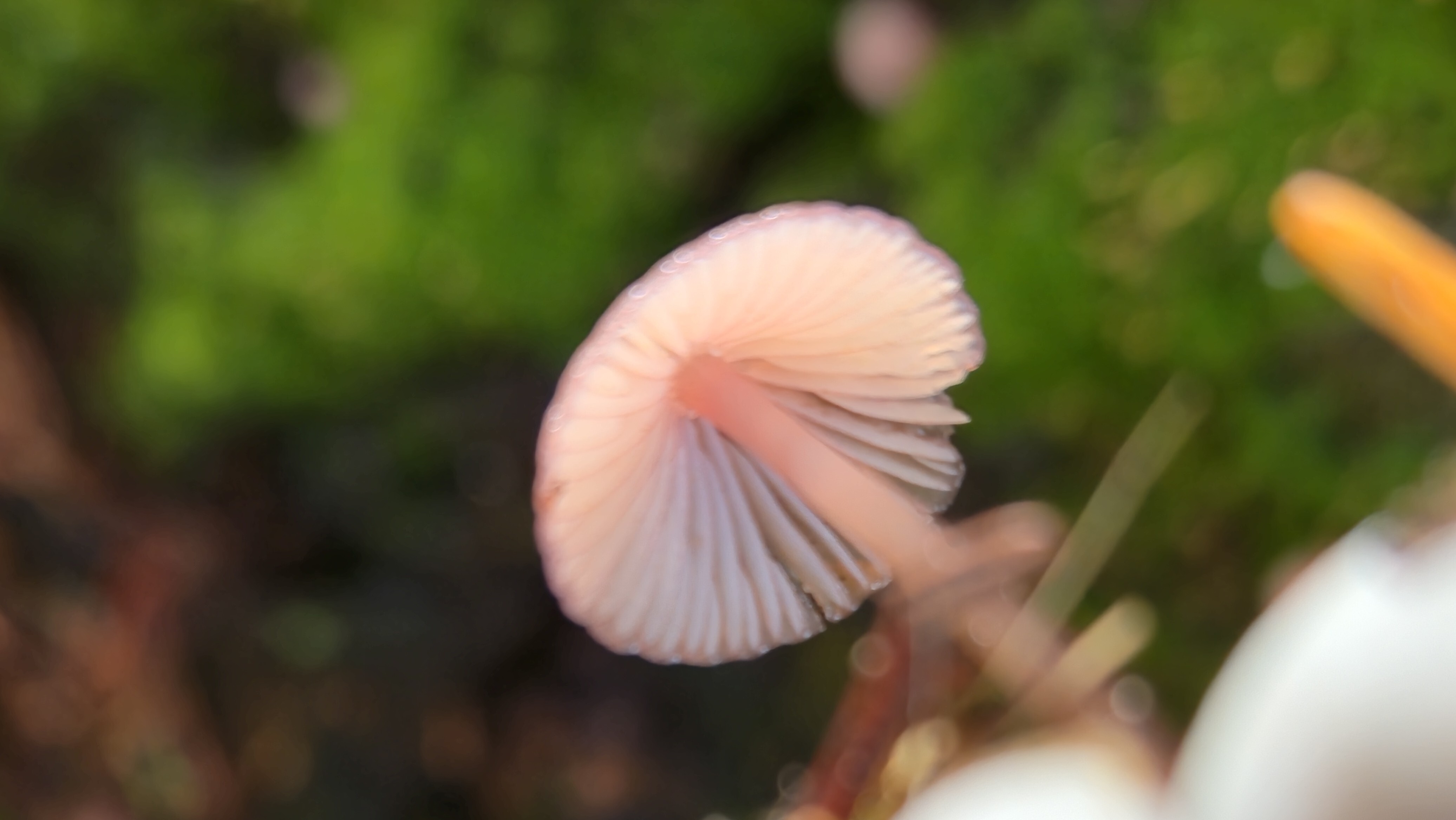
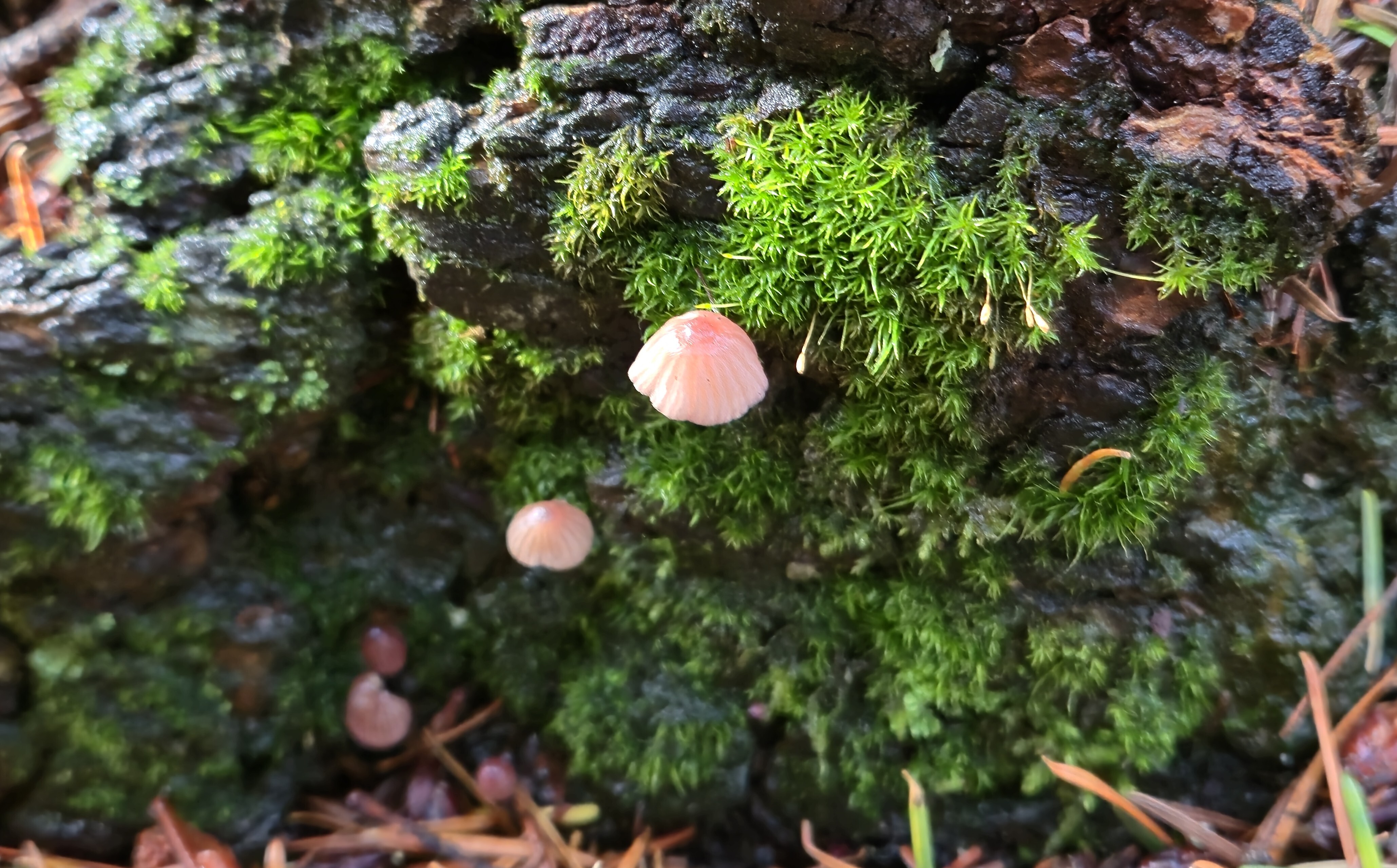
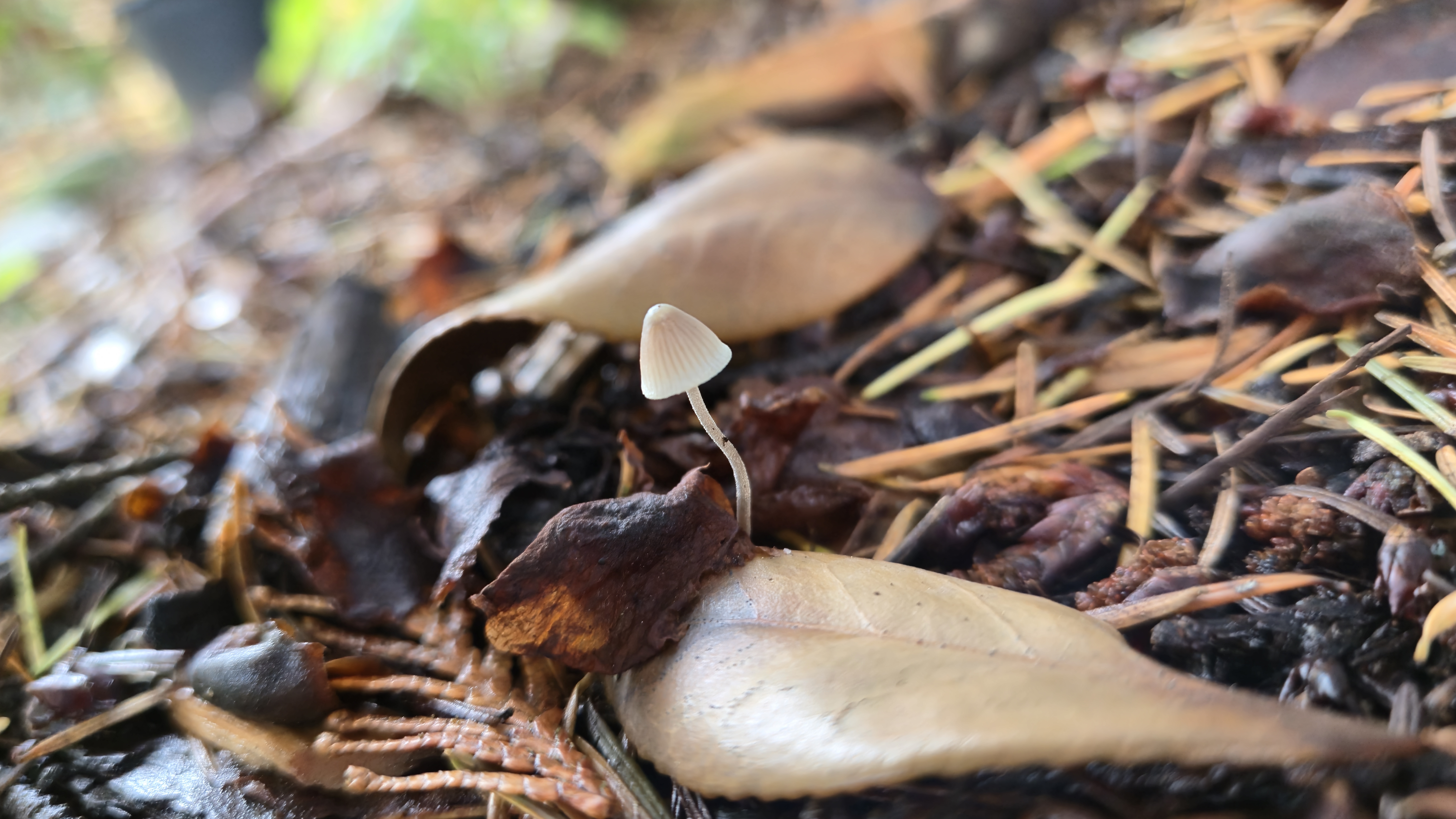


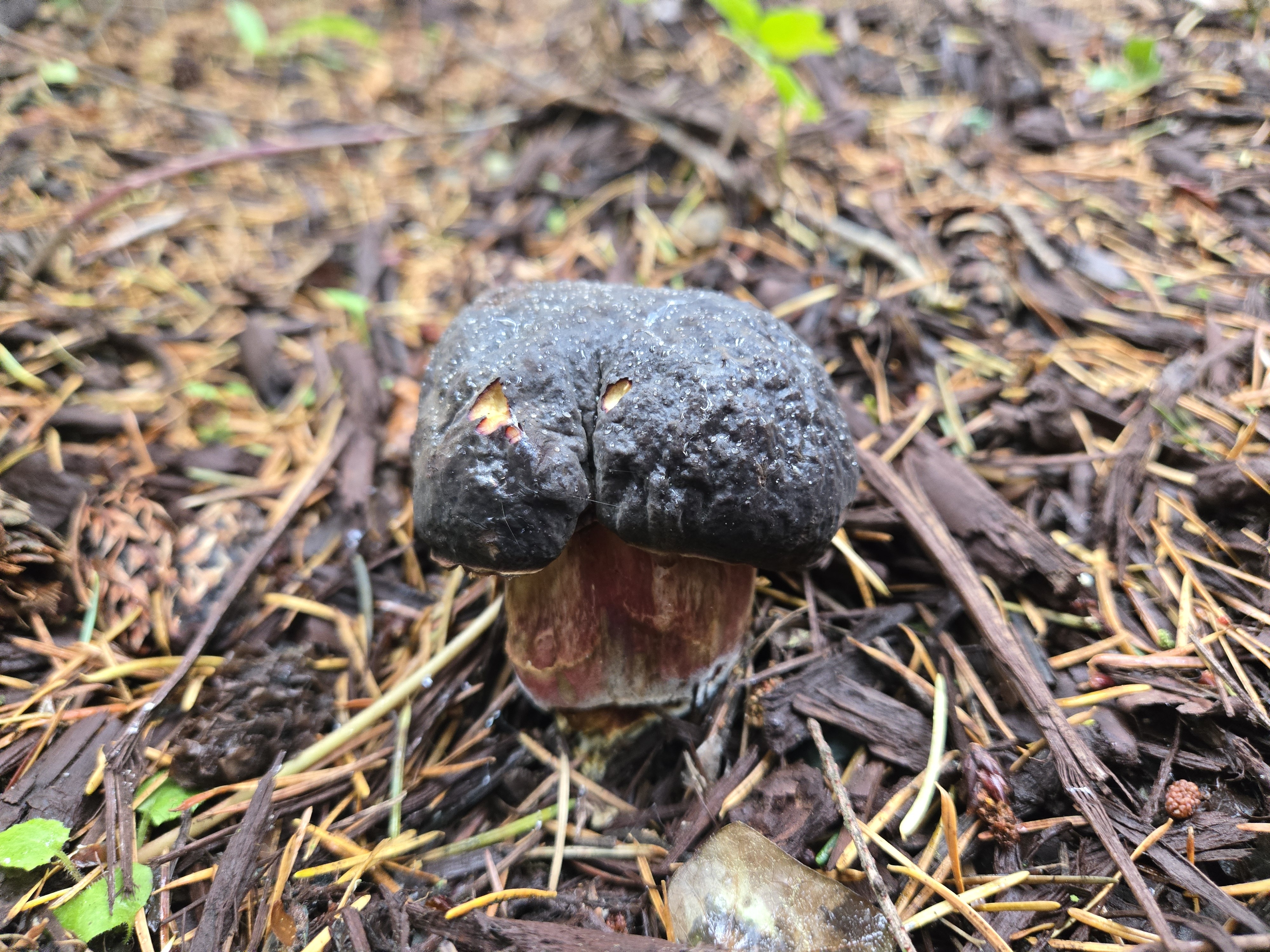
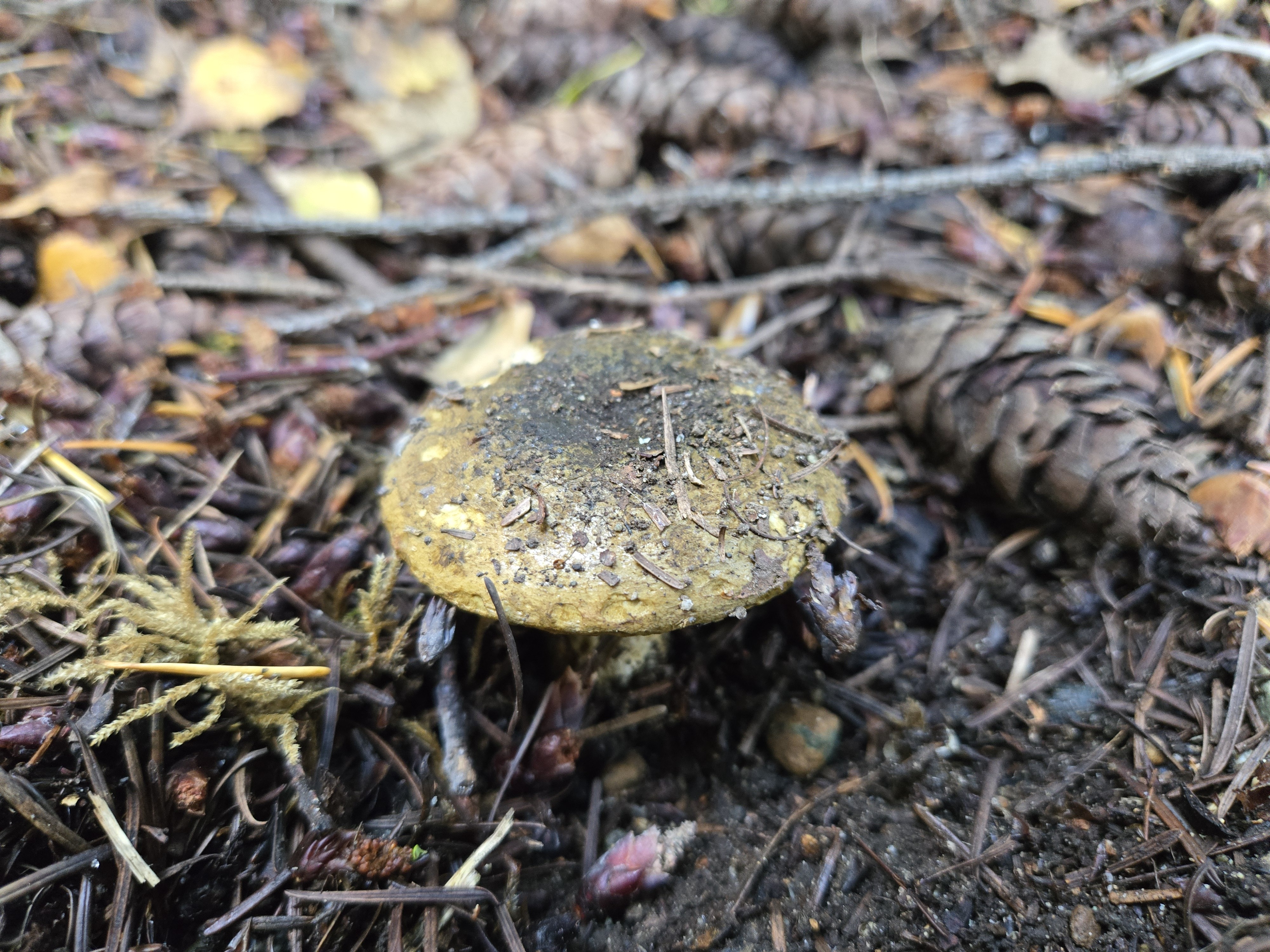
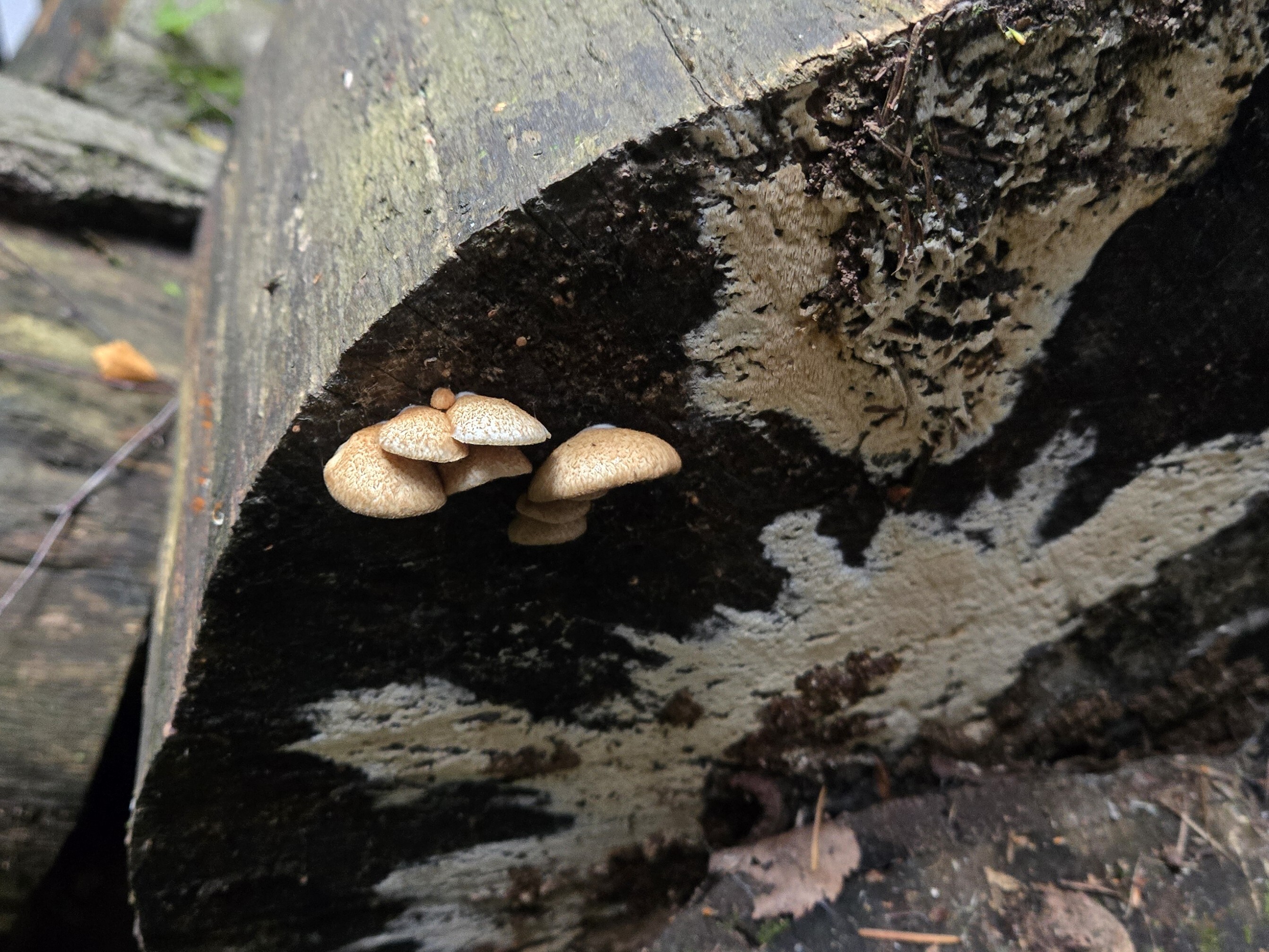
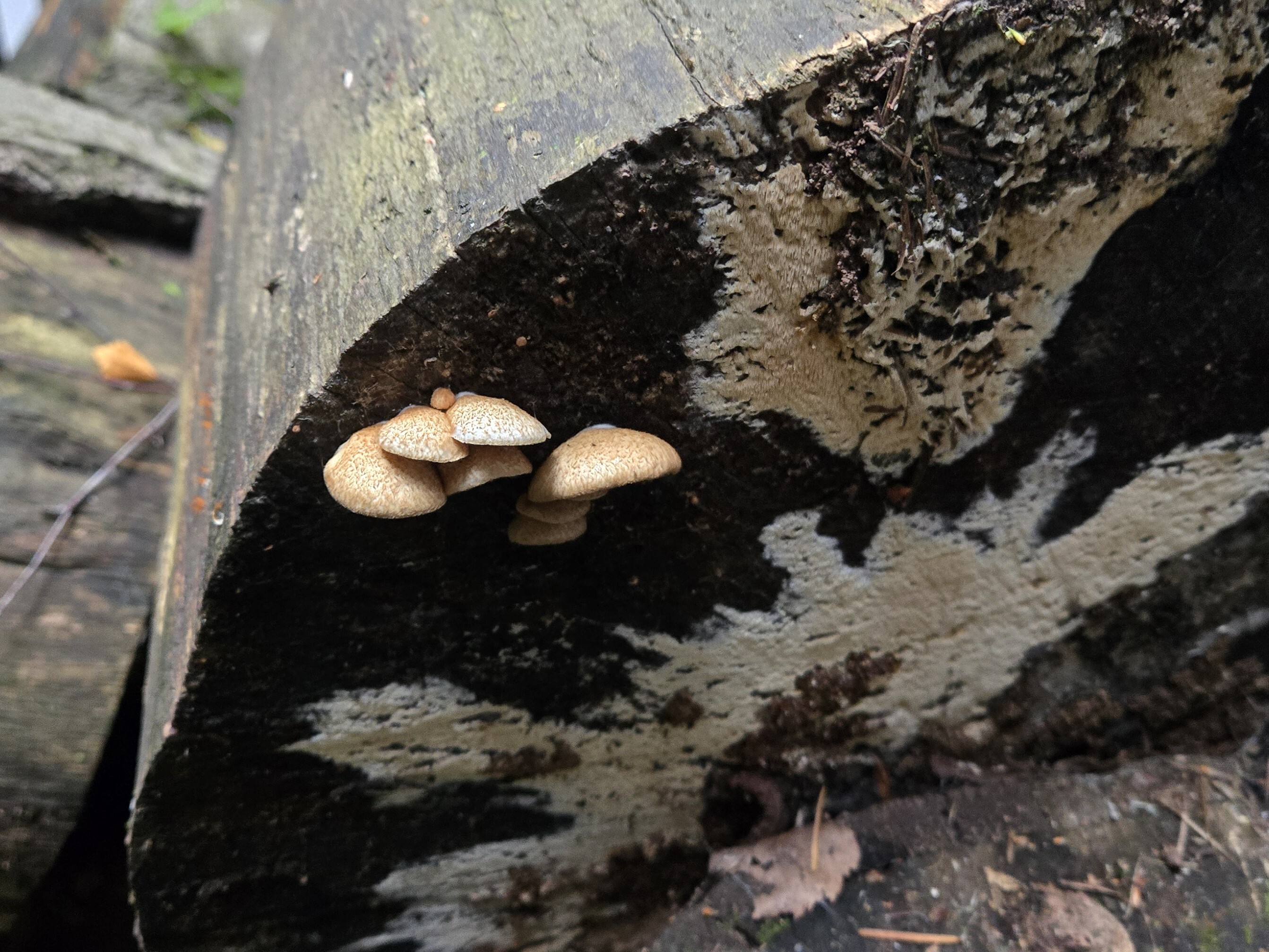
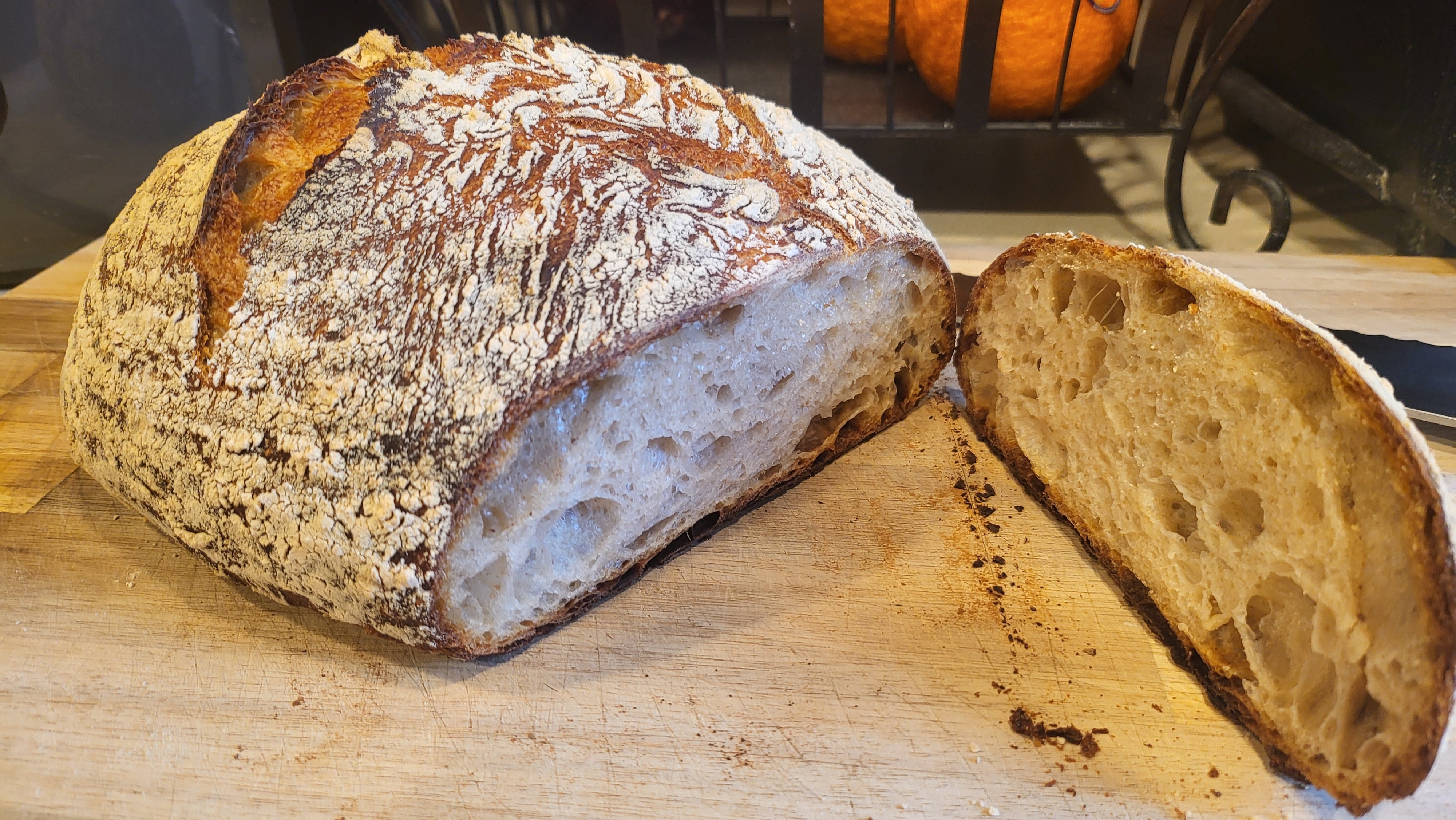
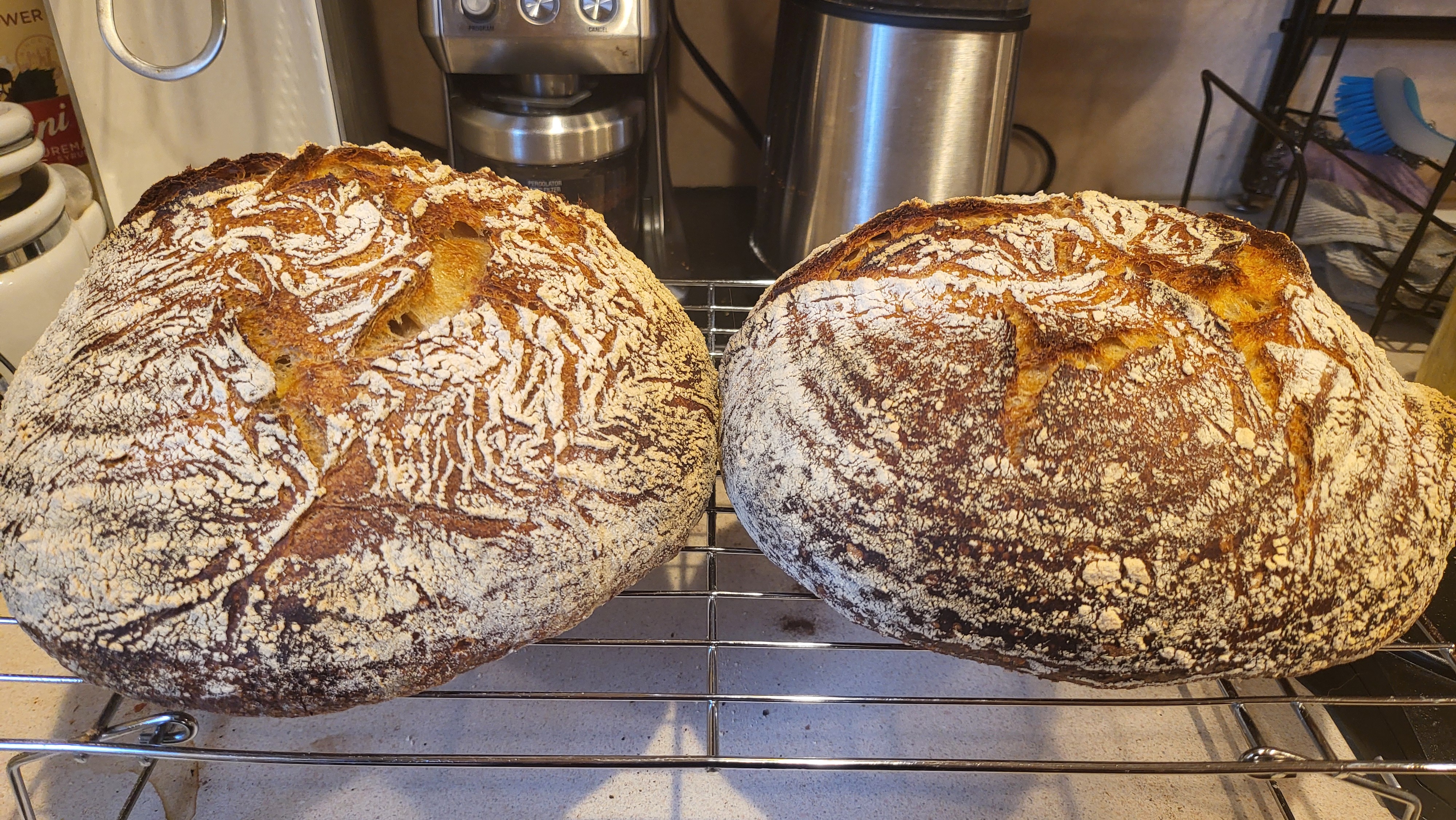
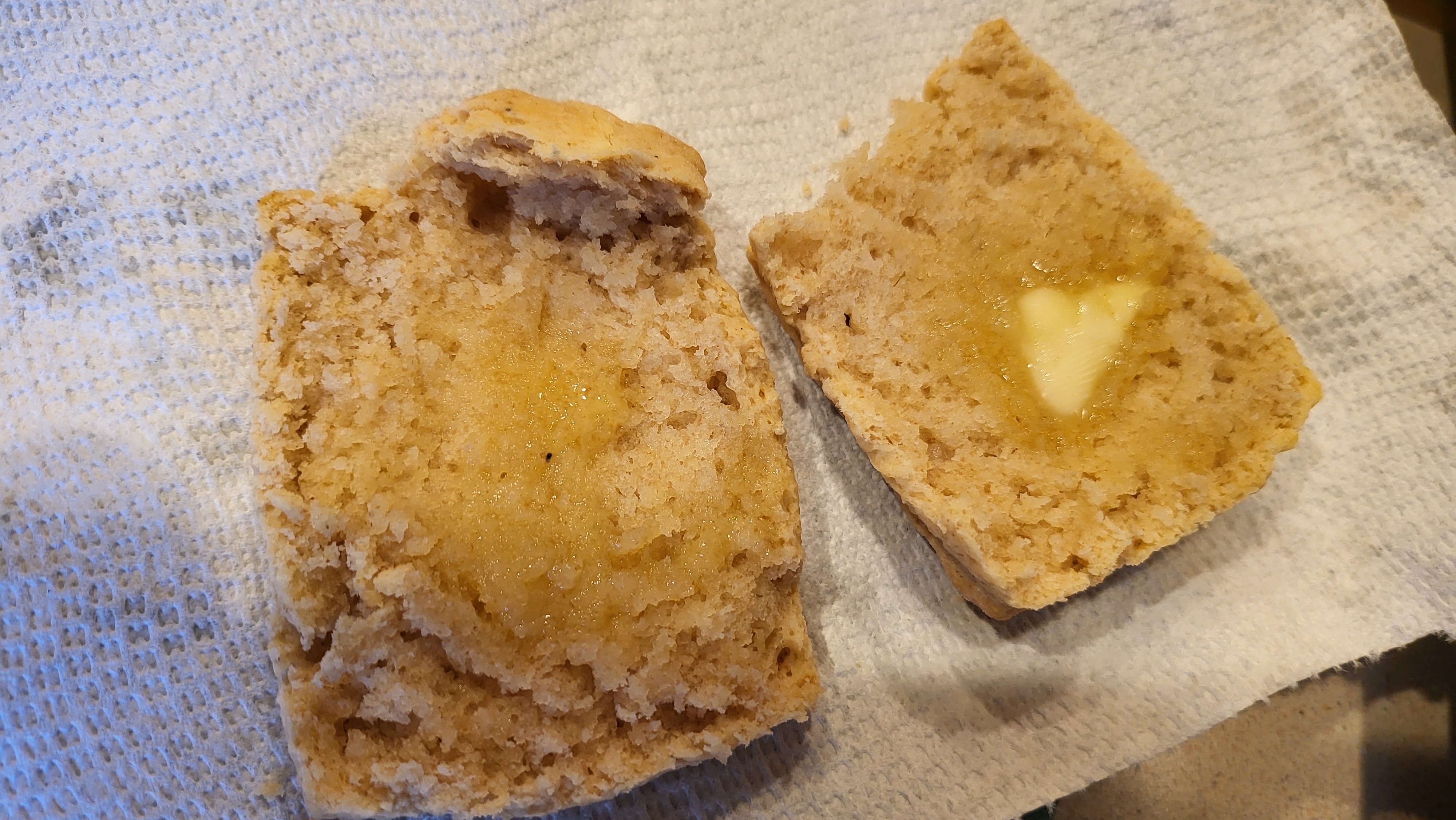
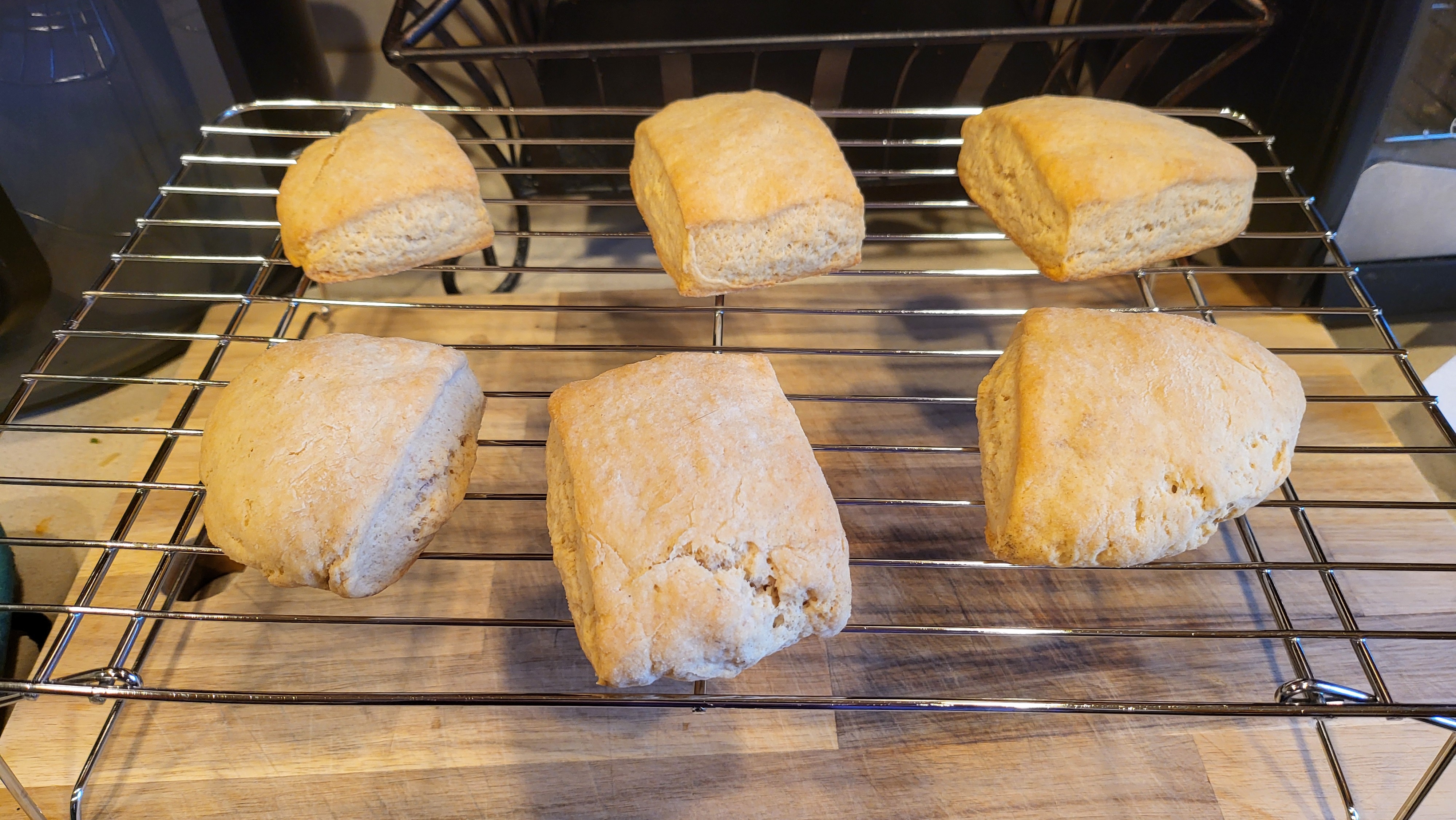
That's super cool, I want to try morels but I haven't managed to find any.